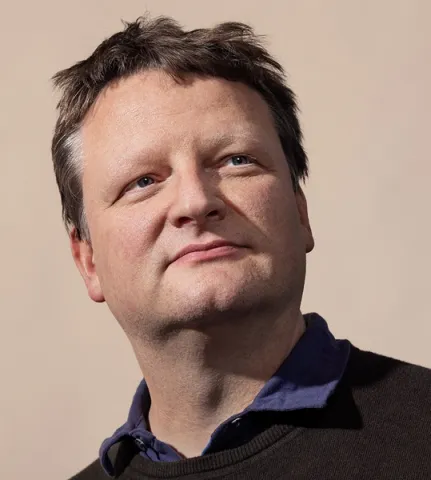About the project
This project aims to find experimental ways to couple nuclear spin dynamics to the centre of mass motion/oscillation of optically trapped particles. This will allow to use the quantum features of the spins to control and prepare quantum states of motion, such as macroscopic Schrödinger cat states.
At the centre of this project is an experiment to explore gravity in a new parameter regime. The future goal is to realise a proposed protocol to probe gravity as a witness of quantum entanglement. Two masses are prepared in quantum superposition states each and only gravity interaction is allowed between the two particles. If gravity has any quantum aspect, it will be able to quantum entangle the two masses which will be probed in the proposed experiment, see Bose 2017 for the full protocol.
The key technology for generating large enough superpositions is to map a spin superposition to the centre of mass motion of each particle. The nuclear spin has the unique feature to remain coherent for much longer than electron spins or any other particle’s internal quantum states. A levitated silica nanoparticle will be trapped optically in vacuum. It contains a rare isotope of silicon with a nuclear Spin ½ state which can be routinely manipulated by common nuclear magnetic resonance (NMR) techniques.
For instance, superpositions of Spin-UP and Spin-DOWN can be generated and remain coherent for seconds. Magnetic fields, magnetic field gradients, and radio-frequency pulses Can be used to couple this spin superposition to the centre of mass translation motion or rotation of the levitated particle by techniques known as magnetic resonance force microscopy (MRFM). The extreme force sensitivity of levitated particles allows to benefit form few or even single Spin states to prepare the motional state.
You will be trained in experimental physics techniques of optical particle trapping, cooling and manipulation by feedback and squeezing, as well as in NMR techniques such as radio frequency (RF) pulsed (RAMSEY) schemes for state preparation. You will be trained in quantum physics theory and the foundations of quantum mechanics.
The School of Physics and Astronomy is committed to promoting equality, diversity inclusivity as demonstrated by our Athena SWAN award. We welcome all applicants regardless of their gender, ethnicity, disability, sexual orientation or age, and will give full consideration to applicants seeking flexible working patterns and those who have taken a career break.
The University has a generous maternity policy, onsite childcare facilities, and offers a range of benefits to help ensure employees’ well-being and work-life balance. The University of Southampton is committed to sustainability and has been awarded the Platinum EcoAward.
